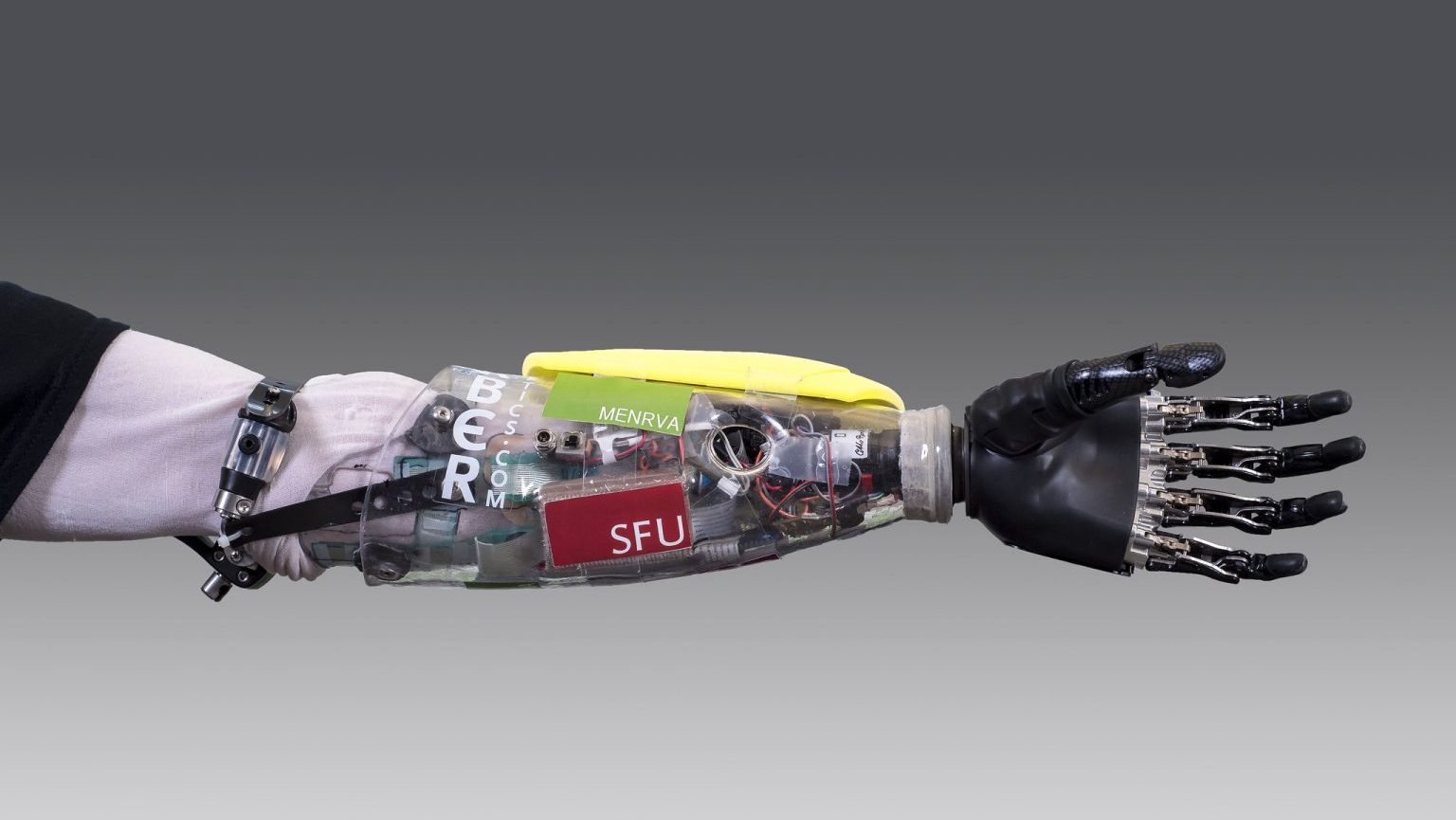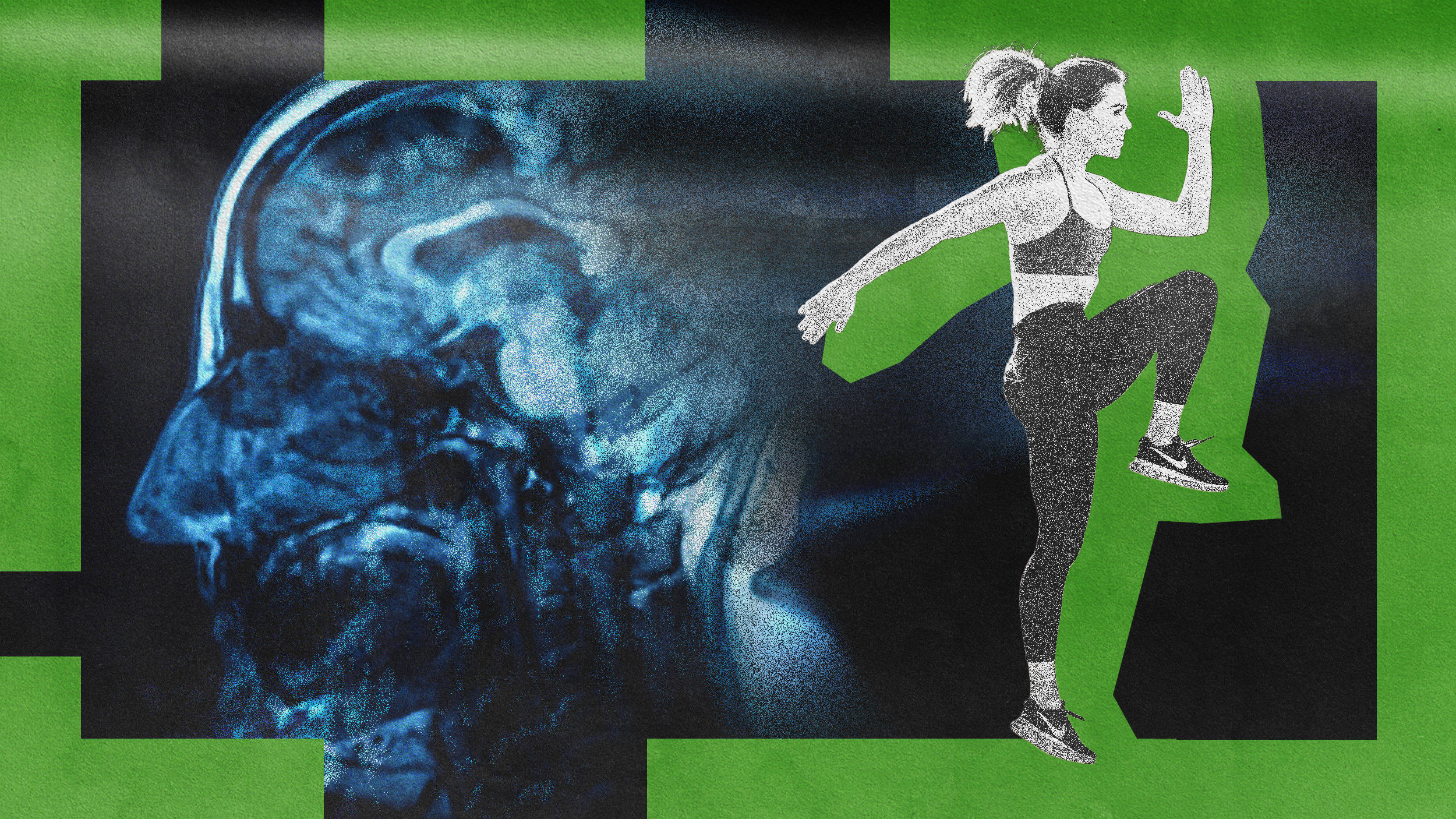How Self-Control Develops

As any parent of a distractible seven-year-old knows, the neural circuits involved in self-control are some of the latest-developing parts of the brain. This important set of abilities is worth the wait, though—as well as some parental effort.
Parents can accelerate the development of self-control by encouraging their children to pursue goals that are challenging but not impossible, a moving target that depends on the child’s age and individual abilities. For a three-year-old, figuring out how to build an ever-taller block tower might be such a goal. For a ten-year-old, a more ambitious project would be in order, like earning the next belt in martial arts or learning to program a computer.
These goals illustrate the basic principle of combining repeated practice with progressively increasing difficulty. Both characteristics are necessary for improving self-control. The activities are also fun, which allows children to supply their own motivation for learning and makes them more likely to stick with the program. In addition, self-control training in young children seems to be more effective if it doesn’t require them to sit still for a long time.
More generally, good parenting is associated with self-control. Children whose mothers respond sensitively at one year of age show better self-control fourteen months later. A particularly good predictor of later self-control is support for autonomy, the mother’s ability to help her toddler to complete a task as independently as possible, for example by providing suggestions only when the child is stuck. (Fathers don’t tend to get much attention in this sort of research, but an involved father would probably have similar effects.) Maintaining a happy household also improves self-control, as sadness, stress, and loneliness impair self-regulation ability in children and adults.
Self-control develops in stages. The earliest indication of it is seen around ten months of age, when infants become able to select the focus of their attention, rather than having it captured by striking features of their environment. Babies who can focus for a longer time at this age show better self-control later in life. Around the first birthday, babies also show the first signs of cognitive flexibility, occasionally changing strategies when their actions aren’t producing the desired results.
Between the second and third birthday, children become able to stop doing something on command—at least some of the time. (Younger toddlers respond more easily to positive requests than to negative ones, so “Put your hands on your head” may work better than “Don’t touch that.”) Effortful control, the ability to resist impulses and plan actions, improves rapidly until age four and more slowly until age seven. Cognitive flexibility and the capacity to resist and recover from distraction continue to improve throughout childhood and the teenage years.
Boys lag girls in the development of self-control. In effortful control, like remembering not to run near the pool, 84% of boys perform worse than the average girl, according to an analysis of multiple studies of children from three months to thirteen years of age. Part of the explanation may be that brain development is slower in boys, with the frontal cortex maturing about a year earlier in girls.
Self-control depends on areas in the front of the brain that are not completely finished until the mid-twenties. The prefrontal cortex manages goal-directed behavior, and the anterior cingulate cortex is involved in detecting errors and resolving conflict between alternatives. When the prefrontal cortex is damaged, patients have trouble choosing appropriate behavior for the situation.
Interventions to improve self-control provide the strongest benefits to children who have difficulty with self-regulation. Many preschool programs for disadvantaged children seem to be effective because they help children learn to control themselves, not because they increase intelligence. This foundation then allows them to achieve more in school and in adulthood.
Children who are skilled at self-control are also good at regulating their own emotions and figuring out what other people are thinking and feeling. They show less anger, fear, and discomfort, as well as more empathy, than their peers. Self-control helps kids to regulate their own emotional responses by allowing them to think through the potential consequences of their actions even when they are upset. Even years later, people who had high childhood self-control are judged to be more socially competent and more popular.
What’s the connection between self-control and emotional maturity? They both involve suppressing immediate impulses in favor of longer-term thinking, and they rely on some of the same late-developing brain regions. The anterior cingulate cortex seems to be involved in understanding and controlling emotions, and another frontal area, the orbitofrontal cortex, evaluates social context and regulates emotion.
With so many advantages, it’s no surprise that self-control predicts life success. The rest of the series will focus on specific activities that research shows to be effective at building self-control and emotional self-regulation in children.





